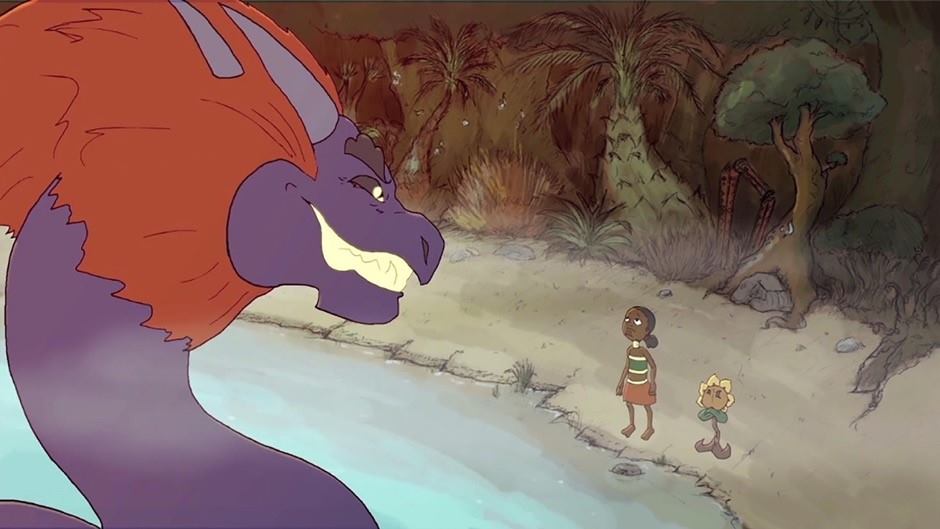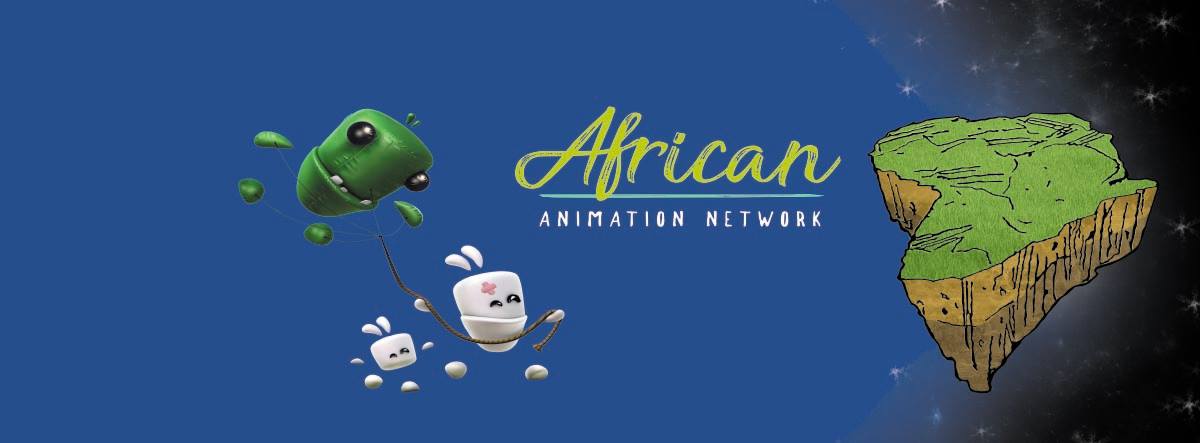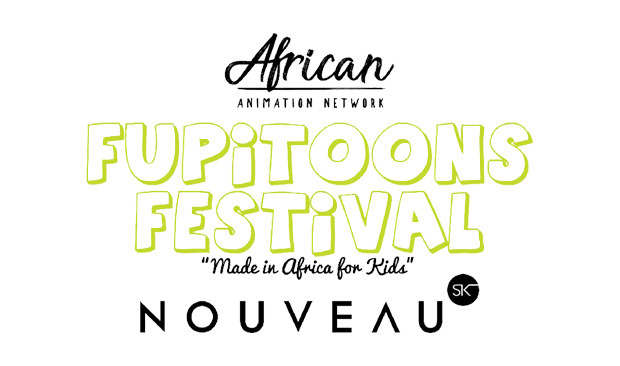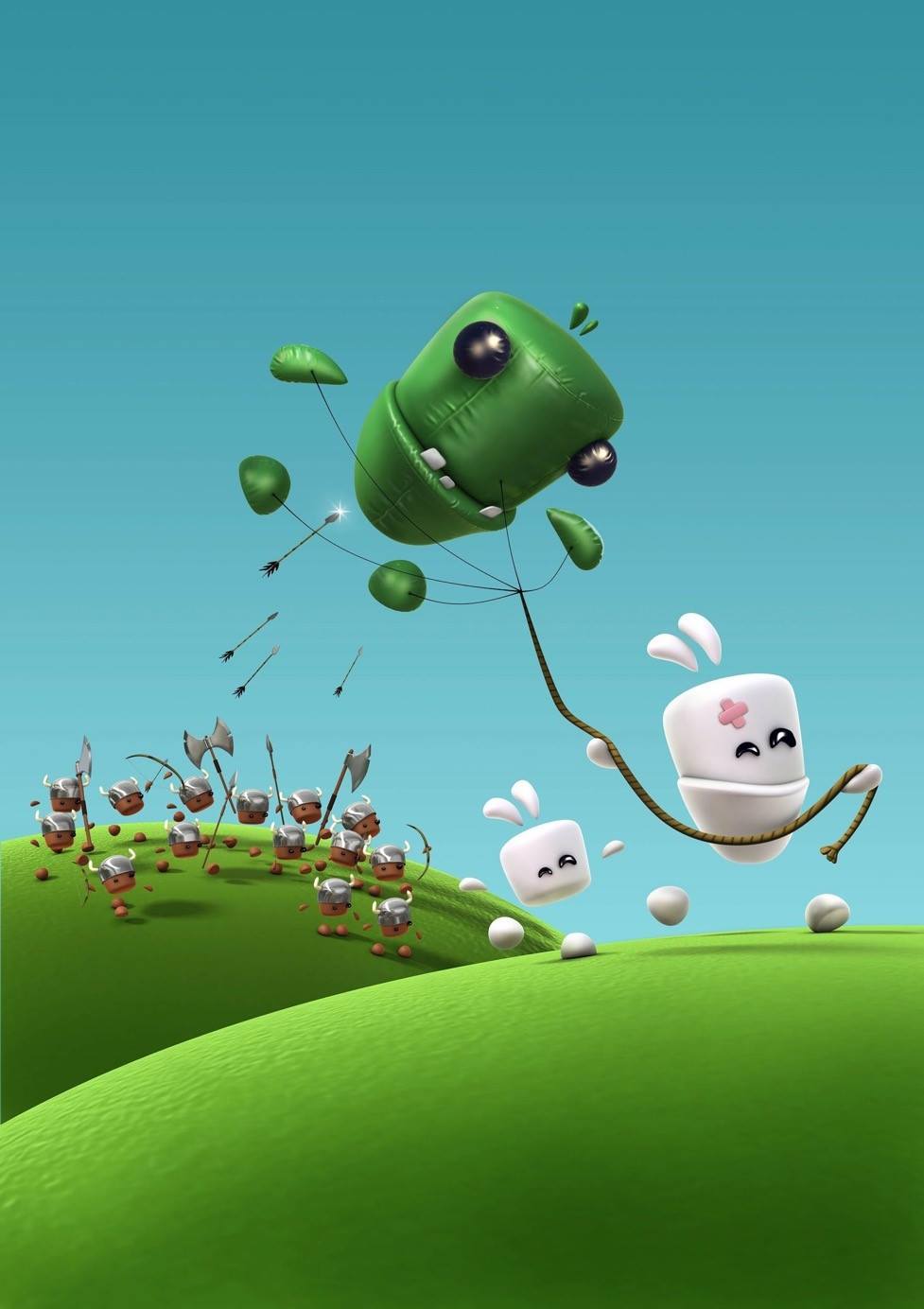As seen on media update with slight modifications (context, links and video insertions), November 13, 2017. Interview by Adam Wakefield.
We’re big animation fans, more so for African animation. Thankfully, we’re not the only ones as this article sourced from media update shows.
Enjoy.
The Fupitoons Film Festival: Made in Africa for Kids recently showed what local African content is made of at Discop Johannesburg 2017, proving that local stories play well with local audiences.

media update’s Adam Wakefield spoke to Jaime Ondarza, senior vice president for Turner Southern Europe and Africa, and Nick Wilson, founder of African Animation Network (AAN), about their partnership and why animation is such a versatile form of entertainment.
Jaime, why is animation such a good form of communication for South Africa (Africa)? What can it do that other forms of entertainment cannot?
Animation is universally appealing to kids and adults, providing a space for them to stretch their imaginations. The great thing about animation is that it travels particularly well, thanks in part to the ability to dub the content into local languages in order for the content to resonate with local audiences.
Nick, what is it about animation that appeals to such a cross-section of ages and cultures?
Not only does animation travel well, but it is a medium where the impossible is possible. It is a medium that can take the viewer on a journey outside the realm of live action. In this way, there is an aspirational narrative, which is unique to the medium and delivers an important premise to viewers. Considering South Africa’s past, this is a narrative and message that is both relevant and important.
Nick, do you think broadcasters in South Africa and across the rest of Africa are missing out by not bringing in enough local animation?
Africans want to watch African stories. One only needs to look at content viewing and production trends to understand that. Nollywood attests to this as a brilliant case study and model. Animation, of course, is an expensive broadcast medium comparative to live action, but the natural progression is to start developing and producing localised animated content.
This is what makes Turner’s partnership and sponsorship of AAN and the FupiToons Festival a tremendous stride forward for the African animation sector, while Cartoon Network Imagination Studios stands as a powerful example of what is possible when broadcasters don’t miss the trick. This journey is one that we are hoping to continue to build on.
Jaime, how important is the partnership between Turner and AAN?

Cartoon Network holds the number one spot within the kids’ TV segment across Africa and enjoys a strong following on the continent. We continually strive to create a viewing experience that resonates with our African audience.
As part of our localisation strategy, Turner is putting its weight behind Africa’s growing animation industry, and there is no better way to do that than partner with one of the biggest players in local animation – AAN.
Your thoughts Nick?
As a social enterprise, AAN is committed to creating social cohesion among the animation role players, such as national associations and comic conventions, across the African continent.
Through a strength-in-numbers approach and greater collaboration among the associations, we, at AAN, believe that we can build a sustainable African animation sector. Having Turner as a partner significantly improves visibility for AAN, our partners, projects, and initiatives while simultaneously validating us.
There is no bigger endorsement than to have one of the leading animation broadcasters, globally, as a partner and sponsor.
Nick, how has AAN helped Turner in making the FupiToons Film Festival a reality?

Turner has supported and assisted us in various capacities. Perhaps their biggest contribution is in mentorship, giving us key guidance at various junctures while executing the event.
Furthermore, we’re also proud to have been given the opportunity to debut the four x 100% African produced Cartoon Network Imagination Studios shorts at the FupiToons Film Festival.
The highlight for us, however, has to have been having a 100% African produced TVC flighted on Cartoon Network Africa – the initial edit was created by Clea Mallinson in South Africa, creative production was done by Wendy Spinks, also in South Africa, with production taking place in Nigeria by Basement Animation. As far as we are aware, this is the first 100% African animated content to have been broadcast on Cartoon Network.
Jamie, following the festival, how else will Turner and AAN work together to expose animation to as many people as possible?
Turner has been on a journey with AAN for the past year. We started at DISCOP Johannesburg 2016 by sponsoring the Turner’s Kids Animation Pitching Competition. Through this sponsorship, we had the opportunity to interact with some really exciting new talent. We were so impressed by the amazing creative energy of the winners of the competition, Cape Town-based Punch Monkey Studios, that we made the decision to partner with them to write the scripts for the shorts of the competition winners for this year’s Cartoon Network Imagination Studios competition.
Following the success of Cartoon Network’s Imagination Studios animated shorts, which will be premiered at the FupiToons Film Festival, Turner is considering creating an Imagination Studios block which will be used to air local projects created in Africa on Cartoon Network Africa. This programming block will be the continuation of the creative lab we initiated this year, bringing more local content to more fans and audiences on more screens across Africa.
Nick, what is the biggest misconception that the public has about producing an animated series?

I don’t think the general public understands how time-consuming and labour intensive the animation production pipeline is, which obviously has a significant impact on the cost of production. The higher the cost, the higher the risk for potential investors, as the threshold for ROI is much higher.
Furthermore, the animation production lifecycle/timeline is significantly longer than other broadcast mediums, sometimes taking in excess of five years to get a project off the ground. What makes animation unique, however, is the fact that it is labour intensive which means it is an incredibly collaborative artistic medium- every frame of an animated piece of content has been touched by (sometimes) hundreds of people.
I think that is what’s unique and beautiful about this medium.
Check out the trailer for the recently held Fupi Toons Animation Festival above the post or at this YouTube link.
For more information, visit www.turner.com.
Wilson notes the importance of AAN’s partnership with Turner to get local animation on air. Verona Duwarkah, CEO of Urban Brew, notes how more collaboration and partnerships within the South African (African) TV production industry is an opportunity that can be seized.
Sourced from media update. Published 13 May 2017








agogo22
November 14, 2017 / at 12:17 am
Reblogged this on msamba.
Pingback: Cartoon Network Africa Set To Premiere Local Animated Shorts – SQUID MAG | AFRICAN COMICS, ANIMATION & GAMES
Pingback: Cartoon Network Africa Set To Premiere Local Animated Shorts | Squid Mag